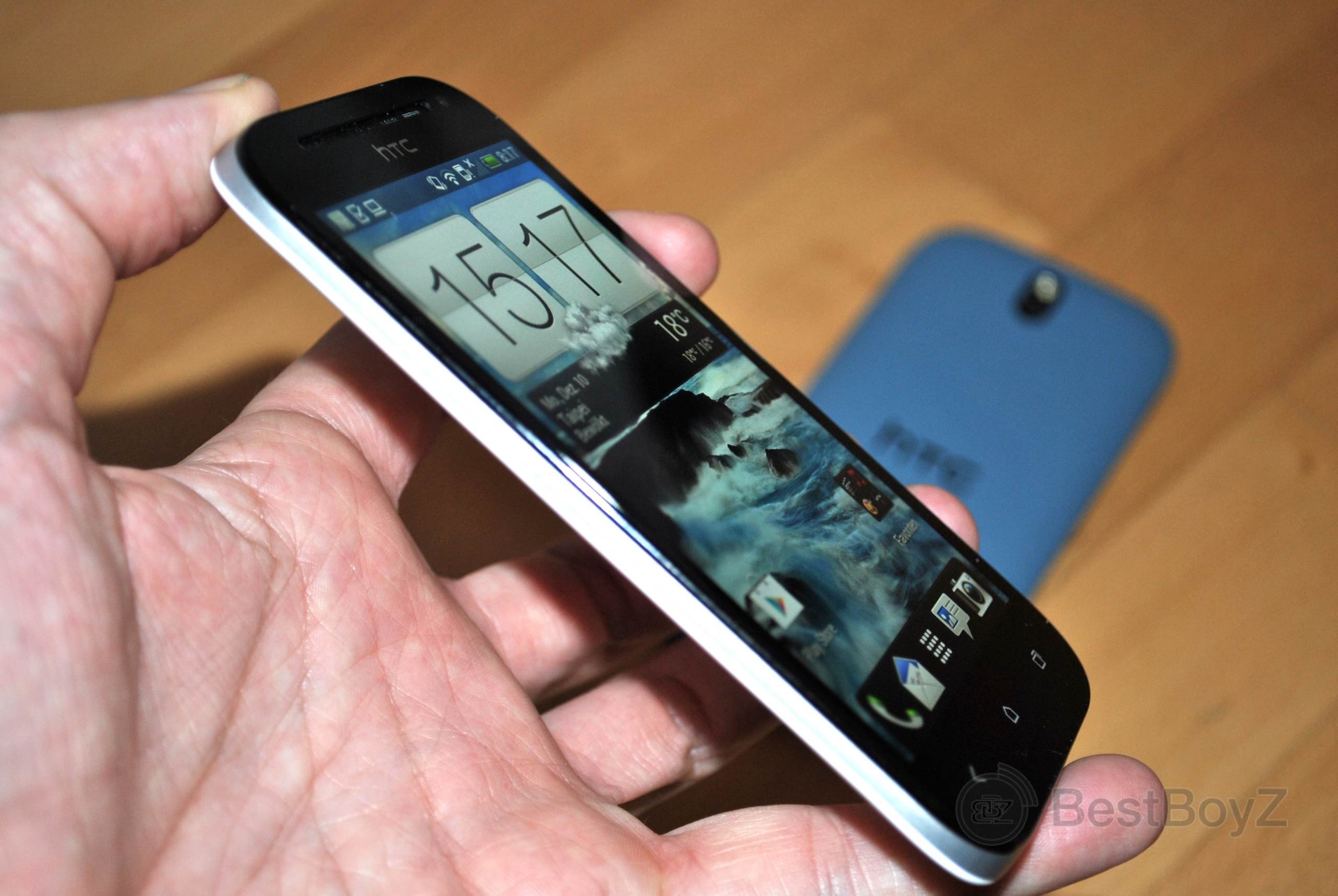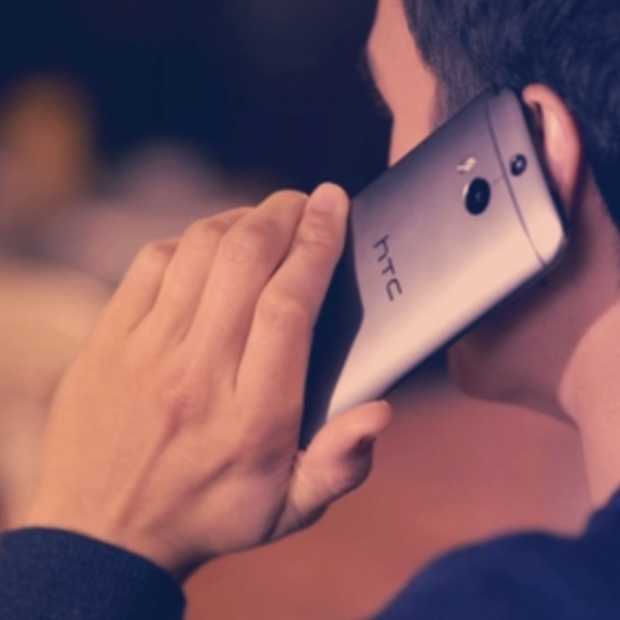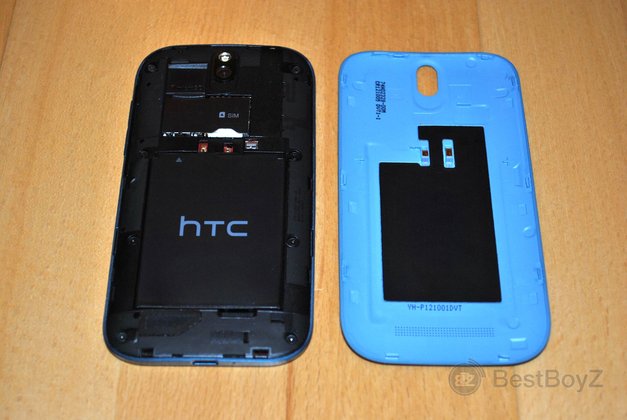
- #Medialink htc desire hd 720p#
- #Medialink htc desire hd update#
- #Medialink htc desire hd upgrade#
- #Medialink htc desire hd series#
#Medialink htc desire hd update#
The update was finally released for download from HTC's developer website on 1 August 2011, and is not available as an OTA (over-the-air) update. However, on 15 June, they released a statement saying the Desire would receive the Gingerbread update, with the possibility of some apps being cut. This is because HTC had been unable to fit both Gingerbread and HTC Sense together in the phone's 250 MB system partition. On 14 June 2011, HTC announced via Facebook that there would be no Gingerbread update for the HTC Desire, citing memory constraints. Originally, they planned to do this in June 2011.
#Medialink htc desire hd upgrade#
HTC has released a software update to upgrade the Desire to Android 2.3 ( Gingerbread). HTC made an update to Android 2.2 (codenamed "Froyo") available on the following dates:

#Medialink htc desire hd 720p#
The hardware is capable of high-definition (720p) video recording and playback the 720p video recording feature has been added to the HTC Desire when updating to the official HTC modified Android 2.2 firmware. However, in situations when the screen is predominantly bright (such as when viewing many web pages), the AMOLED display uses more power. The new SLCD display was claimed to have similar or better power efficiency compared with the original AMOLED display however, this has proved to not always be the case because with AMOLED pixels' ability to completely turn off, black or dark pixels use very little power. Compared to the original AMOLED display, the SLCD display has more accurate colour reproduction, far less susceptibility to burn-in, similar peak brightness and very good viewing angles, but a lower contrast ratio. Although this was brought on by a severe AMOLED panel supply shortfall, the new display greatly enhances text readability because of its improved effective resolution, one of the few complaints people had with the original Desire model. ĭuring late Q2 2010, HTC made the decision to switch the Desire's display to a S-LCD panel, manufactured by the company S-LCD a co-operative between Sony and Samsung. The phone uses a 1 GHz ARMv7 "Snapdragon" processor, includes a 5 megapixel auto-focus camera and an optical trackpad, and was among the first consumer devices to feature a large, full-color active-matrix OLED (AMOLED) display. Image of SLCD screen left and AMOLED screen right In India, HTC and TATA DOCOMO, the GSM brand of Tata Teleservices Limited, announced a partnership to launch HTC Desire in India on 16 August 2010. The disruption caused by the 2010 eruptions of Eyjafjallajökull led to some customers waiting a month getting their HTC Desires due to much of European airspace being closed. Many of the UK mobile networks were unable to keep up with demand Virgin Mobile UK, Vodafone UK, 3, T-Mobile UK and Orange UK experienced very high demand. Unlike in other markets, the device was shipped with Android 2.2 ("Froyo"). In mainland China, HTC launched its four flagship smartphones including the Desire on 27 July 2010. In Singapore, the official launch date was, and the phone was subsequently for sale by all carriers. In South Korea, SK Telecom began sales in May 2010. In Turkey, Vodafone started sales in late November 2010. In Japan, Softbank Mobile started sales in April. In Australia, it is exclusive to Telstra. In Europe, the carriers were Elisa in Finland, Vodafone UK, Vodafone Ireland, Meteor Irl, BT Broadband Anywhere, T-Mobile UK, O2, Orange UK, 3, and Virgin Mobile UK. In Canada, the device was released by Telus Mobility on 6 August 2010.

Cellular, Cellular South, Cox Wireless, nTelos Wireless, Cellcom, and United Wireless in southwest Kansas. In the United States, the device was available from Alltel, U.S. Internally it bears a strong resemblance to the Nexus One, but differs in some features. The HTC Desire was HTC's third flagship phone running Android 2.1 Eclair which can be upgraded to 2.2 Froyo or 2.3 Gingerbread. It was announced on 16 February 2010 and released in Europe and Australia in the second quarter of the same year.
#Medialink htc desire hd series#
The HTC Desire (codenamed Bravo) is the first smartphone of the Desire series developed by HTC. Upgradeable to Android 2.3 Gingerbread (Though only 2.2 is supported by HTC)ģ.7-inch 480×800 px (0.38 Megapixels) WVGA AMOLED or Super LCD capacitive touchscreen covered by Gorilla Glass ĭual-Touch screen, 3-axis accelerometer, digital compass, proximity and ambient light sensors, FM Radio, compass, A-GPSįlash 10.1 enabled (update to Flash 11 available in Android Market)

HTC Desire Z, HTC Desire HD, HTC Incredible S

For the 2013 phone branded as HTC Desire in some markets, see HTC Desire 601.Ĩ50/1900 (Telus Mobility Canada) Ĩ50/2100 MHz (Telstra Australia)


 0 kommentar(er)
0 kommentar(er)
